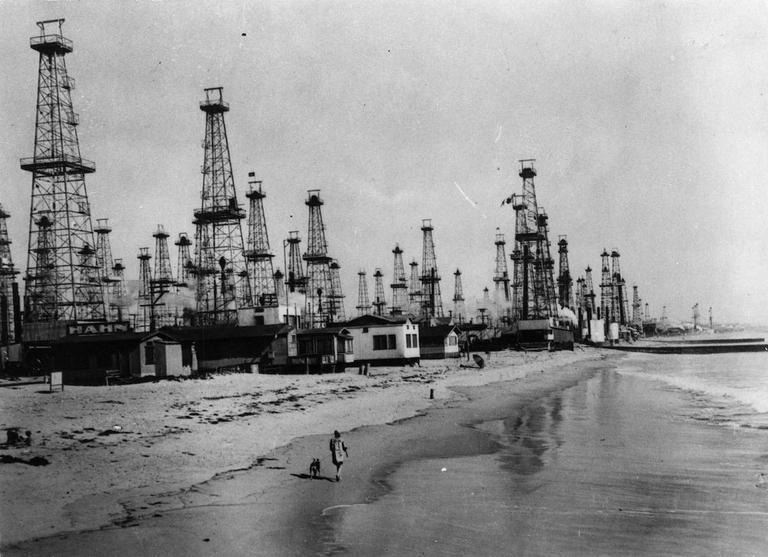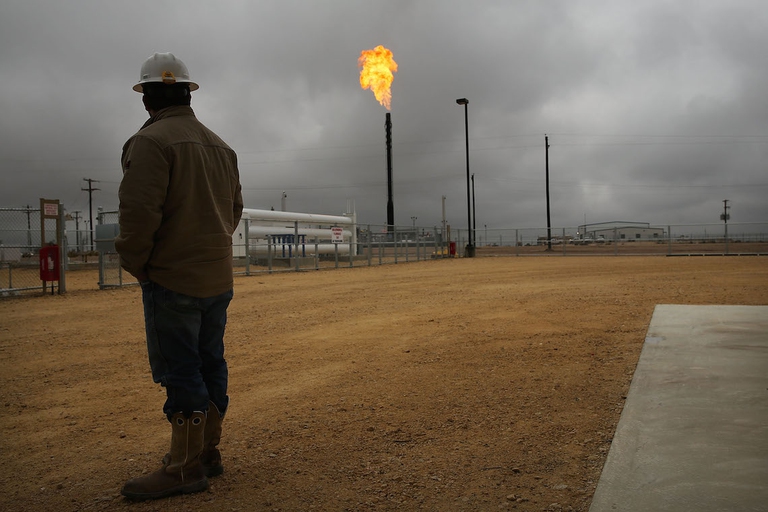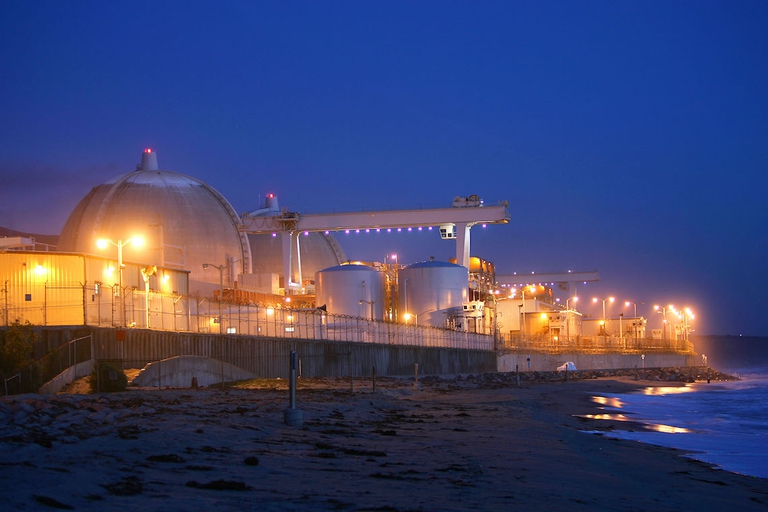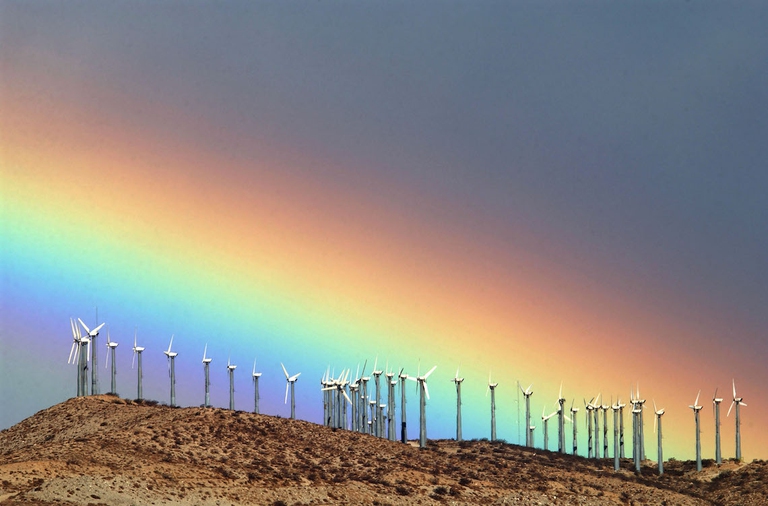
The 26th edition of the United Nations Climate Change Conference, COP26, will be held in Glasgow, Scotland in November 2020. The pre-COP will take place in Milan, Italy.
A history Significant changes in the history of energy in the United States have mainly been dictated by the development of new resources. From the use of wood up to the late 1800s to early industrial growth powered by water mills, coal became the first source of primary energy in the late 19th century. In
Significant changes in the history of energy in the United States have mainly been dictated by the development of new resources. From the use of wood up to the late 1800s to early industrial growth powered by water mills, coal became the first source of primary energy in the late 19th century. In the middle of the last century petroleum and natural gas became dominant and a new form of energy—nuclear electric power—emerged. The overall pattern of energy use since the late 20th century has remained fairly stable. Recent increases in the domestic production of petroleum liquids and natural gas have prompted a shift from coal-fired to natural gas-fired power generation. Overall, petroleum, natural gas and coal have together provided more than 80% of total primary energy over the past decade.
The United States EIA (Energy Information Administration)’s Annual Coal Report for 2014 shows that coal production increased by 1.5% that year compared to 2013, but the people employed in the coal industry decreased for the third consecutive year, reaching 74,931 employees. Coal fed 18% of primary energy consumption in 2014, declining slightly (0.7%) from the previous year.
The country is a net exporter of coal and the industry’s 2014 revenue was around 46 billion dollars. However, even though the country consumed nearly 917 million short tonnes of the fossil fuel, which could have been covered by internal production totalling 997 million short tonnes, it was less costly to import it.
The coal mining industry faces a decline due to the rise of cleaner and cheaper sources of electricity such as natural gas, solar panels and wind turbines. 65% of domestic coal comes from surface mines, the type that most impact the environment. For example, mountaintop removal and valley fill mining have affected large areas of the Appalachian Mountains in West Virginia and Kentucky. The tops of mountains are removed using explosives and water draining from these filled valleys may contain pollutants.
Between 1900 and 2006 a total of 11,606 underground coal miners died in 513 coal mining disasters. Deaths resulting from three incidents over the course of five months in 2006 were the stimulus behind the Mine Improvement and New Emergency Response Act of 2006 (MINER Act) to improve safety, health, preparedness and emergency response.
The United States is the world’s largest petroleum consumer: up to 19 million barrels per day (MMbbl/d) of petroleum products in 2014 (about 20% of the world total). Petroleum covers nearly 35% of domestic energy needs, mainly transportation (71%) and industrial use (22%).
It is the world’s third-largest crude oil producer and an exporter of petroleum liquids and refined products, though only 1% of electricity produced is from oil. Crude oil production has increased after a general decline between 1985 and 2008 thanks to more cost-effective drilling technology installed especially in Texas, North Dakota, Oklahoma and Colorado.
Net imports (imports minus exports) of crude oil and petroleum products averaged 5.2 MMbbl/d and accounted for 27% of US total petroleum consumption in 2014, the lowest level since 1985.
The main factor allowing the United States to increase domestic oil production and rely less on Middle Eastern imports is the increase of hydraulic fracturing, or fracking. This requires large amounts of water, and uses potentially hazardous chemicals to release oil from rock strata. Faulty well construction or improper handling may result in leaks and spills of fracturing fluids. Hydraulic fracturing also produces large amounts of wastewater that may contain contaminants. Wastewater is frequently disposed of by injecting it into deep wells, which can cause earthquakes.
Natural gas was the source of about 28% of US total primary energy consumption in 2014. The country consumes more natural gas than it produces: although most of it is produced domestically, some is imported. Reliance on imports has declined in recent years because of an increase in domestic production resulting from more efficient, cost-effective drilling and production techniques notably from shale, sandstone and carbonate geologic formations. Net imports of natural gas accounted for 4% of natural gas consumption in 2014, compared to the highest level of 16% in 2001, 2005 and 2007.
Burning natural gas results in fewer emissions compared to coal or refined petroleum products. This has contributed to its increased use for electricity generation and as transportation fuel. However, natural gas is made up mostly of methane, which is a potent greenhouse gas. Some of it leaks into the atmosphere, the source of about 29% of total US methane emissions, though only about 2% of greenhouse gas emissions in 2013. Unprocessed natural gas may contain compounds such as hydrogen sulfide, a very toxic gas – this is usually flared, a process that produces compounds such as CO2 and carbon monoxide.
In addition, natural gas wells on land and the pipelines used to transport it, require swathes of land to be cleared. Well drilling activities produce air pollution and natural gas production can also result in water contamination.
Nuclear power is the source of about 8% of total primary energy consumption, all of which is used to create electricity. There are currently 99 operating commercial nuclear reactors at 61 nuclear power plants in the United States. Since 1990 the share of total annual electricity generation provided by nuclear power has averaged about 20%. The EIA expects domestic nuclear power generation to grow, but at a rate of about a quarter of total electricity generation. In 2014 nuclear power plants’ revenue was equivalent to 40 to 50 billion dollars. They employed over 100,000 workers.
Nuclear reactors are fueled by fissionable material, most commonly uranium. This is mainly imported from Canada and Australia, and especially Kazakhstan since 2009. Nuclear reactors don’t produce air pollution or carbon dioxide while operating, and are highly efficient. However, they produce radioactive waste, which can remain radioactive and dangerous to human health for thousands of years.
The consumption of renewable energy in the United States in 2014 was about 10% of total energy consumption. About 13% of electricity was generated from renewable energy sources in 2014. The most widely used renewable source is wind power, alone supplying 5% of electricity generation. Biomass is the second most important source (2% of electricity generated in 2015), used to produce heat and steam for industry or heating. Biomass, including biofuels such as ethanol and biodiesel, is used for transportation and is strongly supported by state and federal government incentives. Its use is projected to grow in the next years.
Biodiesel and ethanol are non-toxic and biodegradable and can be considered carbon neutral because the plants used to make them, such as soybeans and palm oil trees for the former and corn and sugarcane for the latter, absorb CO2 as they grow, offsetting the carbon emitted from producing and using them. On the flip side, large areas of vegetation and forests have been cleared to grow soybeans and palm oil to make biodiesel, and much land, fertilizers and energy are put into the production of ethanol, which contains toxic and highly flammable denaturants. The United States is a net importer of biodiesel and a net exporter of ethanol.
According to the new Advanced Energy Economy Report, advanced energy (products and services aimed at energy efficiency, is now worth 200 billion dollars annually. Solar and wind power, besides natural gas, have driven a growth of 14% compared to 2013, five times the growth rate of the US economy overall.
The cost of generating renewables is getting cheaper over time, also thanks to regulatory support and incentives, and in 2011 renewable energy surpassed the share of nuclear power in US energy production. Projections in the EIA’s Annual Energy Outlook 2015 show the potential of eliminating net energy imports sometime between 2020 and 2030, reflecting, amongst other things, the increasing use of renewable sources.
The United States emits 15% of the world’s carbon emissions. At COP21 it committed to reaching a 26 to 28% carbon emissions reduction by 2025 compared to 2005. The plan for this transition includes:
Overall, the main weapon against climate change at the moment is reliance on renewable energy. Its costs have been falling and methods for integrating it as the primary energy source are improving. This also means that more US energy will be consumed directly where it is produced, instead of being imported, cutting on CO2 emissions.
Siamo anche su WhatsApp. Segui il canale ufficiale LifeGate per restare aggiornata, aggiornato sulle ultime notizie e sulle nostre attività.
![]()
Quest'opera è distribuita con Licenza Creative Commons Attribuzione - Non commerciale - Non opere derivate 4.0 Internazionale.
The 26th edition of the United Nations Climate Change Conference, COP26, will be held in Glasgow, Scotland in November 2020. The pre-COP will take place in Milan, Italy.
Thanks to activists, the voice of the world’s peoples resounded through the COP25 like an alarm bell. Governments didn’t reach the results they demanded, but their cries and messages were stronger than ever, reaching even those who weren’t in Madrid.
Climate change poses a risk for millions. However, women are the most vulnerable to its negative consequences: a few simple considerations by the Italian Climate Network help us perceive the global implications of this.
The COP25 ended two days late and with very few steps ahead made. Climate negotiations in 2020 will be an uphill battle as political will clearly seems to be lacking, once again.
The last ten years have been the most “exceptional” and hottest decade ever, with extreme weather hitting people and ecosystems harder and more frequently. 2019 is also on course to becoming the second or third hottest year since records began.
Unite Behind the Science: this was the title of the conference held at the COP25 on 10 December. Greta Thunberg’s presence filled the arena, but this time it was scientists’ turn to speak.
25,000 delegates meet for the COP25 from 2 to 13 December. What can we hope this UN climate change conference, whose venue was changed from Santiago de Chile to Madrid, will achieve?
100 eminent people from all over the world, including Vandana Shiva, Naomi Klein and Noam Chomsky, have signed an open letter after the disappointing results of the COP24. A call-to-arms for climate against world leaders’ indifference.
The outcome of the COP24 in Katowice left many unsatisfied. Greta Thunberg, a young Swedish environmental activist, gave a harsh, heartfelt speech addressing world leaders.














